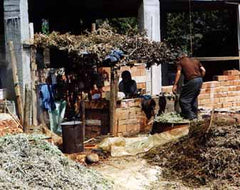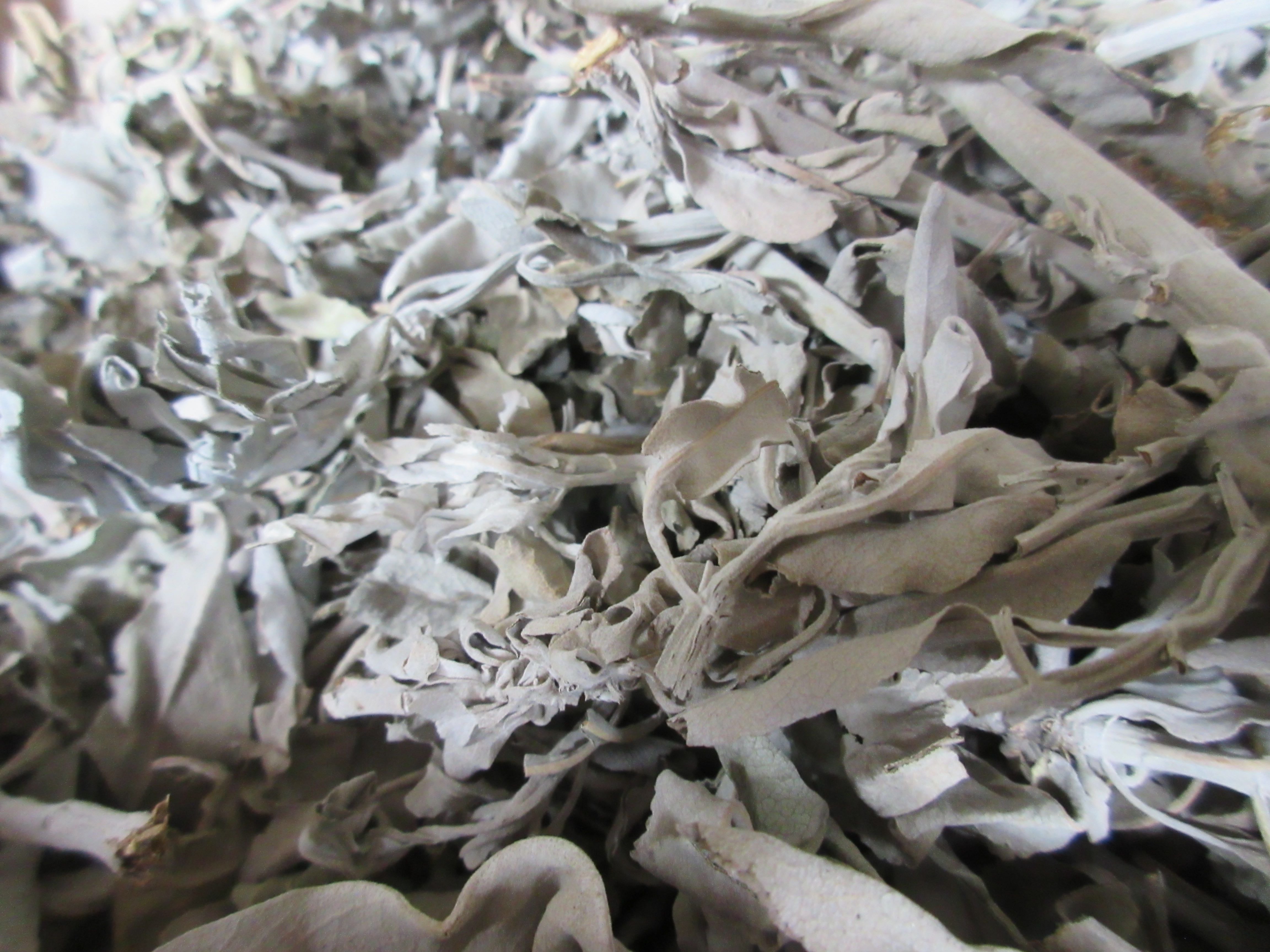
The waters along the Mediterranean coast of Southern Turkey are warm and incredibly blue.
"Aqua Marine" is the color created by the clear skies above and limestone below the water's surface. The climate is arid, dry for most of the year.
Growing wild among the many tombs and ruins of Lycian, Greek, Roman, Byzantine and Crusader construction can be found thyme, origanum and sage.
The lack of water during the summer months stresses these wild growing plants. Stressing the plants is perfect for essential oil production within the plant. Lack of water also means that the leaves will be smaller and contain more essential oil.
Gathering herbs for market and distillation of essential oils is an ageless industry hidden in the hills of Southern Turkey. The following is a photo tour of essential oil distillation, utilizing a copper alembic. The Old Fashioned Way.
This process has remained the same for hundreds of years.
The "Alembic" is one of the oldest styles of distillation apparatus.
The Alembic is made of copper, pounded into shape. The more modern copper units are tinned on the inside. The people of Southern Turkey are well known for their copper work. In the villages, markets and bazaars many old and new copper implements can be found. Coffee roasters and coffee pots, oil lamps, water jugs and gunpowder containers. Pots and pans, washtubs and basins. All artistically and exquisitely made of copper.
The Alembic consists of three components: The pot (retort), the lid, and the condenser.
The pot is placed in the ground, with only the handles (used to lift the pot for removal of spent plant and cleaning) above the surface.
Below the pot is a fire pit, dug deep into the earth. You can see the lid in place. The pipe coming from the top of the lid passes through the "condenser" which is made of brick and holds cold water. This pipe carries steam from the retort, through the "condenser" for cooling the steam back to a liquid state.
Plant material is packed tightly into the tub, the lid is also packed with herb. Water is added to the tub before the lid is put in place.
A seal is created between the lid and the tub using clay. The clay fills the joint and bakes into place. This design is for hydrodistillation.Hydrodistillation, is when the plant material is added to water prior to boiling. This is different from steam distillation, where steam is produced externally and added to the retort containing the plant material for distillation.
The fire below boils the water in the pot. The steam carries the essential oil from the herb in a suspension with particles of water vapor.
Passing through the cooling waters in the condenser, the steam reverts to its liquid state. The waters and oil are collected and allowed to separate. This process takes about three hours per batch. The end product is one kilo of essential oil.

An old Copper Alembic Distiller sunk in the ground with fire below

To prepare for distillation, the lid is disconnected from the condenser

The lid must then be emptied of the plant material from the previous distillation

The steaming plant material is dumped from the lid

It's hot work, especially during the heat of summer, but that of course is when the sage is growing

The fire below the pot has to be readied for the next distillation

Fresh water is added to the waters left behind from the last distillation

The pot is filled to about 1/3 the capacity of the pot

Once the water is in the pot, it's time to start adding freshly harvested sage

The lid of the Alembic distiller is also filled tightly with sage
Preparation for distilling the next batch of sage begins.
The spent plant material must be removed from the pot. At first it is done by hand, thereafter a pitch fork is used to get the sage out of the pot.
While this is being done, Mahmet prepares the fire below the pot. Hot water from the previous distillation is left in the pot. This is hot work on a hot day. The temperature on this summer's day exceeds 95 degrees F.
The first step is to add fresh water to the pot. Approximately one third of the pot is filled with water before the plant material is added.
Piles of Sage (Salvia fruticosa) have been brought from the hillside and islands surrounding the village. Fresh sage is now put into the pot. The pot is filled to the rim and packed tightly into the pot in order to maximize the yield.

While the pot is being filled, the lid is also being filled and packed tightly with sage.
Packing the lid tightly is as important as packing the pot. Once again this provides for maximum yield.
The distiller will continue to add sage to the lid and the pot, periodically climbing in and stomping the herb down to insure a tight pack.
After each bundle of fresh sage is added to the pot it must once again be stomped down.
The fire blazes below as the pot is being filled. The water is heating in preparation for the next distillation. Soon to come to a boil.

The final packing before the lid is put into place. The lid is heavy with sage. It takes two men to lift it into place. The lid is aligned so that the bird's beak readily attaches to the condensing pipe. After the lid is set in place it is sealed with clay at the junction with the pot. This prevents the steam from escaping and insures that the steam carrying the precious Oil of Sage is captured, condensed and separated.
With the still tightly packed with sage, the bird's beak secured to the condenser and the lid sealed with clay, the process is ready to begin again. This is a lengthy, labor intensive process. The change over takes about 45 minutes and the distillation takes three hours once the lid is in place.
The Essential Oil Company supports small scale distillation projects of wild crafted and organic essential oils.

This structure serves as the condenser. It is a cement "well" filled with cooling waters

Clay is used to seal the joint between the lid and the pot to prevent steam leaks






